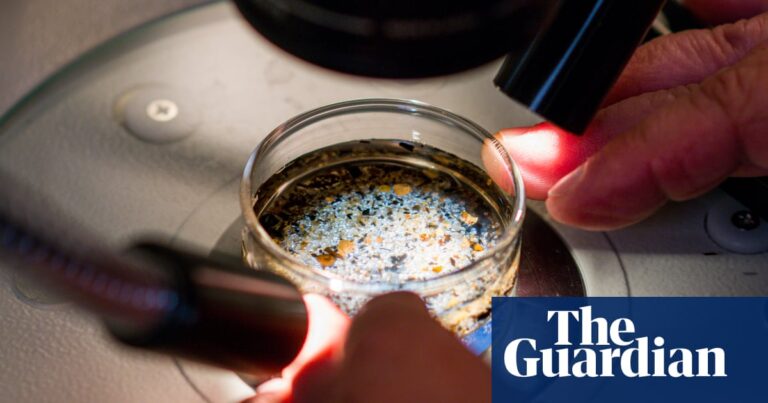Microplastics Detected in Human Ovarian Follicular Fluid: Implications for Women’s Fertility
Recent research has unveiled a significant discovery: microplastics have been detected for the first time in human ovarian follicular fluid. This finding raises urgent questions regarding the potential impact of these pervasive and toxic substances on women’s fertility.
Groundbreaking Research Findings
The peer-reviewed study, published in Ecotoxicology and Environmental Safety, examined follicular fluid samples from 18 women undergoing assisted reproductive treatment at a fertility clinic in Salerno, Italy. Microplastics were found in 14 of the samples, indicating a concerning level of contamination.
Importance of Follicular Fluid
Follicular fluid plays a crucial role in providing necessary nutrients and biochemical signals for the development of eggs. The presence of microplastics in this fluid raises serious concerns regarding their implications for fertility, hormonal balance, and overall reproductive health. The study’s authors highlight the alarming nature of this discovery as a significant step towards understanding how microplastics might affect women’s reproductive systems.
Microplastics: A Growing Environmental Concern
Microplastics, as tiny plastic particles, have been identified in various environments, from the peaks of Mt. Everest to the depths of the Mariana Trench. Food is believed to be a primary route of exposure, with recent studies revealing their presence in all tested meat and produce products. Given that microplastics can contain over 16,000 different plastic chemicals, they pose a unique and alarming public health threat.
The Impact on Male and Female Reproductive Systems
While men are generally more susceptible to the toxic effects of microplastics, emerging evidence suggests that women are not exempt from their harmful impacts. Animal studies have linked microplastic exposure to ovarian dysfunction, reduced oocyte maturation, and diminished fertilization capacity. These findings highlight the crucial need for further research to understand the full extent of microplastics’ effects on female reproductive health.
Links to Infertility and Hormonal Disruption
Lead researcher Luigi Montano emphasized the potential correlation between microplastic concentration and reproductive health among the study participants. The toxic chemicals commonly associated with microplastics, such as bisphenol, phthalates, and PFAS, are known disruptors of hormonal balance and may significantly harm women’s reproductive capabilities.
Future Research Directions
Experts in the field, including Xiaozhong Yu, advocate for additional studies to determine the dosage and exposure levels at which adverse effects begin to manifest. Understanding the risks associated with microplastic exposure is critical as researchers work towards identifying effective strategies to mitigate these risks in daily life.
Practical Steps to Reduce Microplastic Exposure
Mitigating exposure to microplastics can be challenging due to their widespread presence. However, individuals can take practical steps, such as reducing plastic use in cooking and food storage, opting for organic foods to limit pesticide exposure, and avoiding heating plastic containers. By making conscious choices, such as using stainless steel or wooden utensils over plastic, individuals may lower their risk of microplastic ingestion.
